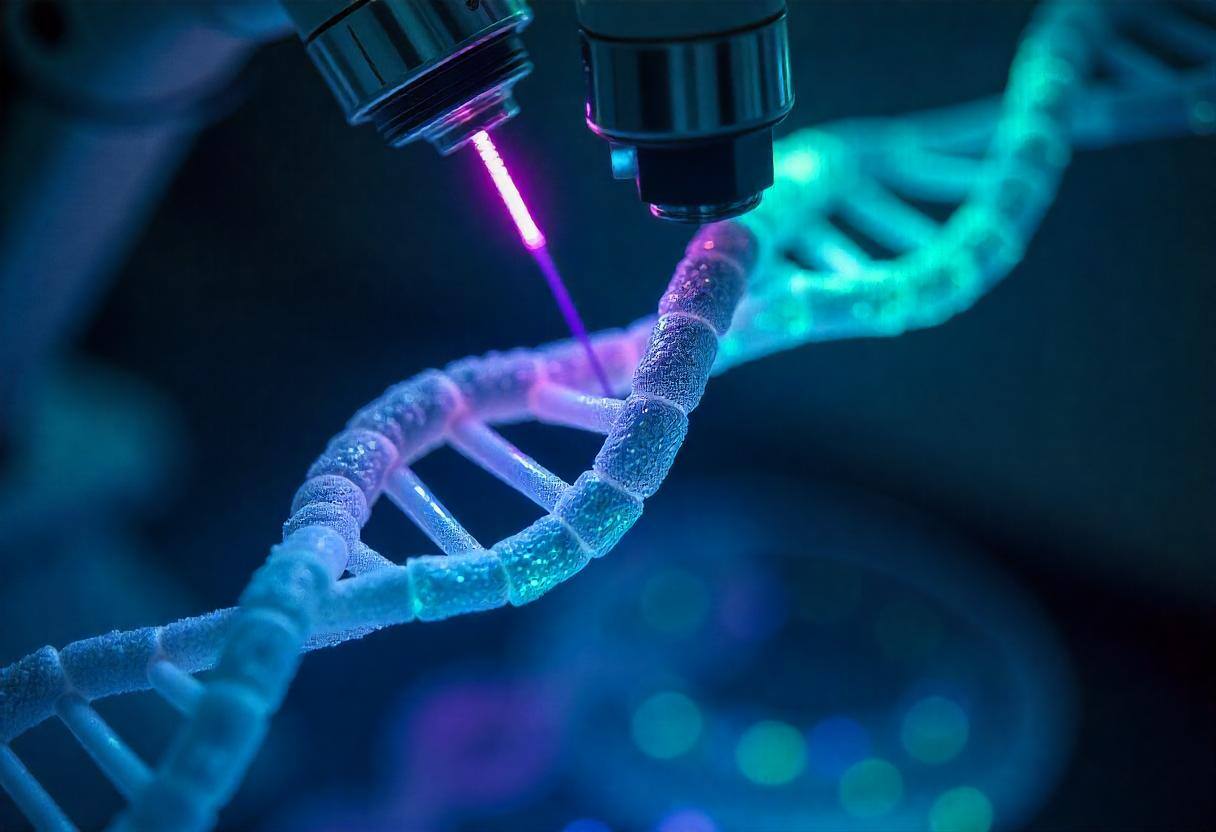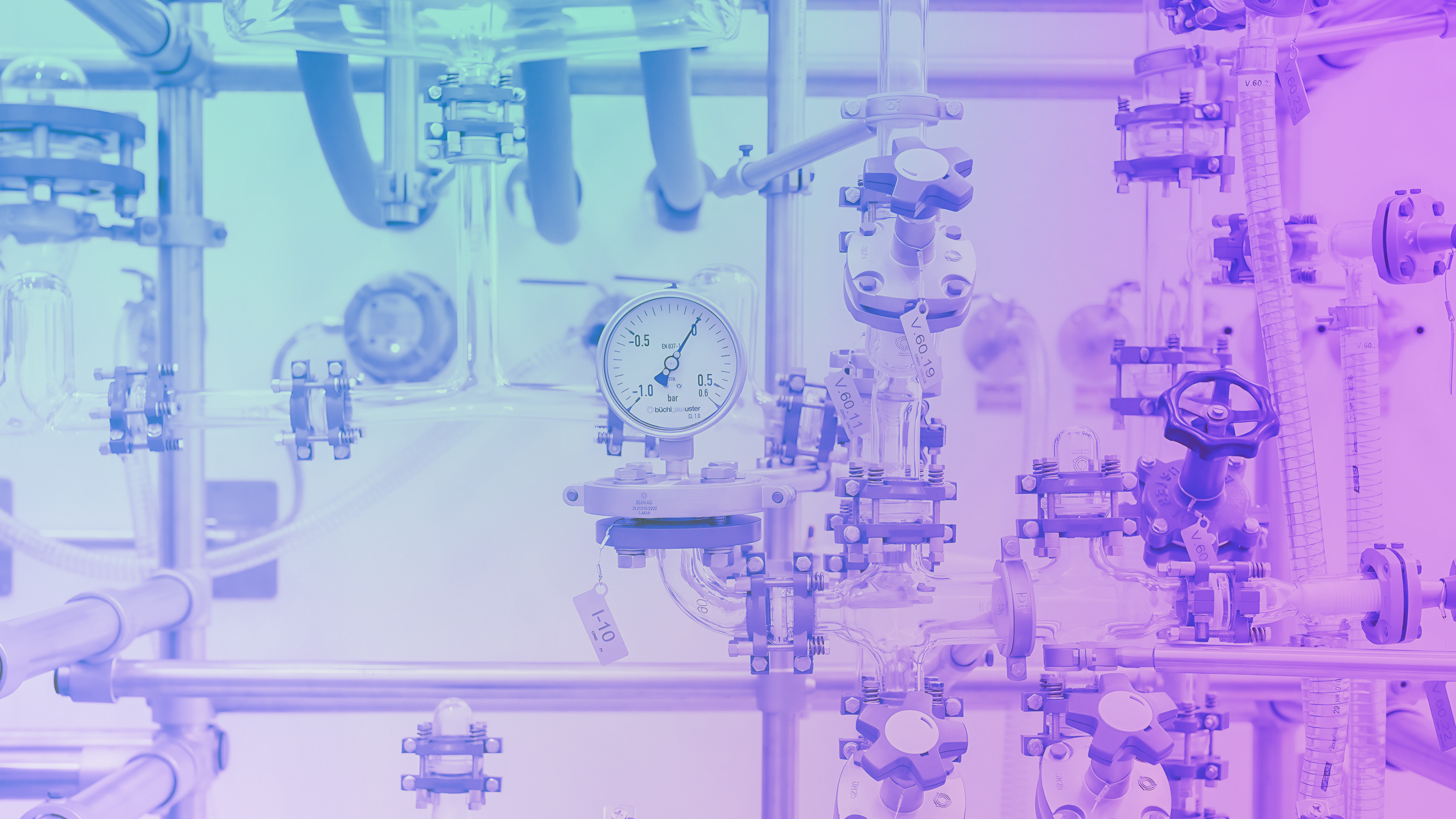Sterile filtration and aseptic fill & finish are essential components in gene therapy manufacturing, critical for ensuring patient safety, product quality, and regulatory compliance. Gene therapies, particularly those utilizing lipid nanoparticles (LNPs), viral vectors, or polymeric nanoparticles (PNPs) , demand rigorous aseptic processes to maintain product integrity and therapeutic effectiveness.
In this new episode of NanoTalks, we explore key best practices for sterile filtration and aseptic fill & finish to optimize quality assurance, comply with regulatory standards, and enhance patient outcomes in gene therapy.
Sterile Filtration
Ensuring Product Purity and Stability Sterile filtration is vital for eliminating microbial contaminants, safeguarding the biological purity of gene therapy products. Selecting the right Single-use filter transfer sets, validating bacterial retention, confirming filter compatibility, and maintaining product stability post-filtration are fundamental steps. Proper documentation of filter validation and integrity tests is essential for successful regulatory submissions and approval.
Aseptic Fill & Finish
Precision in Final Product Preparation. The aseptic fill & finish process involves transferring sterile products into their final containers, typically vials or syringes but also bags bottles and otherformats. This step demands highly controlled environments, specialized equipment, and skilled personnel trained in aseptic techniques. Continuous environmental monitoring and strict adherence to GMP standards are imperative to prevent contamination, ensuring consistent, high-quality results.
Facility and Equipment Qualification
Foundation of Aseptic Excellence Facility and equipment qualification through Installation Qualification (IQ), Operational Qualification (OQ), and Performance Qualification (PQ) are prerequisites for GMP compliance. Establishing robust environmental monitoring programs and continuously verifying aseptic conditions are crucial to maintaining the integrity of the production environment and meeting regulatory scrutiny. This is a combined effort between all team members from the lab technician to the engineering experts.
Validation and Regulatory Compliance
Building Confidence Validation, including rigorous Aseptic Process Simulation studies (APS), ensures that aseptic processes consistently meet sterility standards. During this process, the selected media comes into contact with all product-contact surfaces of the equipment train, container closure system, critical environments, and process manipulations that the actual product will encounter. Documenting validation outcomes, sterility assurance, and environmental monitoring data is critical for successful regulatory submissions. These documents are key to passing regulatory inspections, such as Pre-Approval Inspections (PAIs).
Deviation Management
Continuous Improvement and Transparency Effective deviation management is a cornerstone of aseptic processing. Manufacturers must proactively identify, document, investigate, and correct deviations, supported by a robust corrective and preventive action (CAPA) system. Thorough documentation of root causes, impact assessments, and corrective actions demonstrate compliance and regulatory transparency.
Conclusion
Achieving aseptic excellence in sterile filtration and fill & finish processes for gene therapy products is essential for patient safety, product efficacy, and regulatory success. Adhering to best practices, maintaining rigorous aseptic control, and proactively managing deviations ensures compliance, quality, and patient trust.
Voice of the experts
"Sterile filtration and aseptic fill & finish are not just compliance activities; they're fundamental to gene therapy’s safety and efficacy."
Luz Tortajada , Professional Project Manager at Curapath
"Meticulous attention to aseptic detail and proactive deviation management fosters trust and consistent excellence in gene therapy manufacturing."
Sheila Martínez , Quality Assurance coordinator at Curapath
Are you ready to enhance your aseptic manufacturing processes in gene therapy? contact an expert to guide you through the process with confidence.

.jpg)


